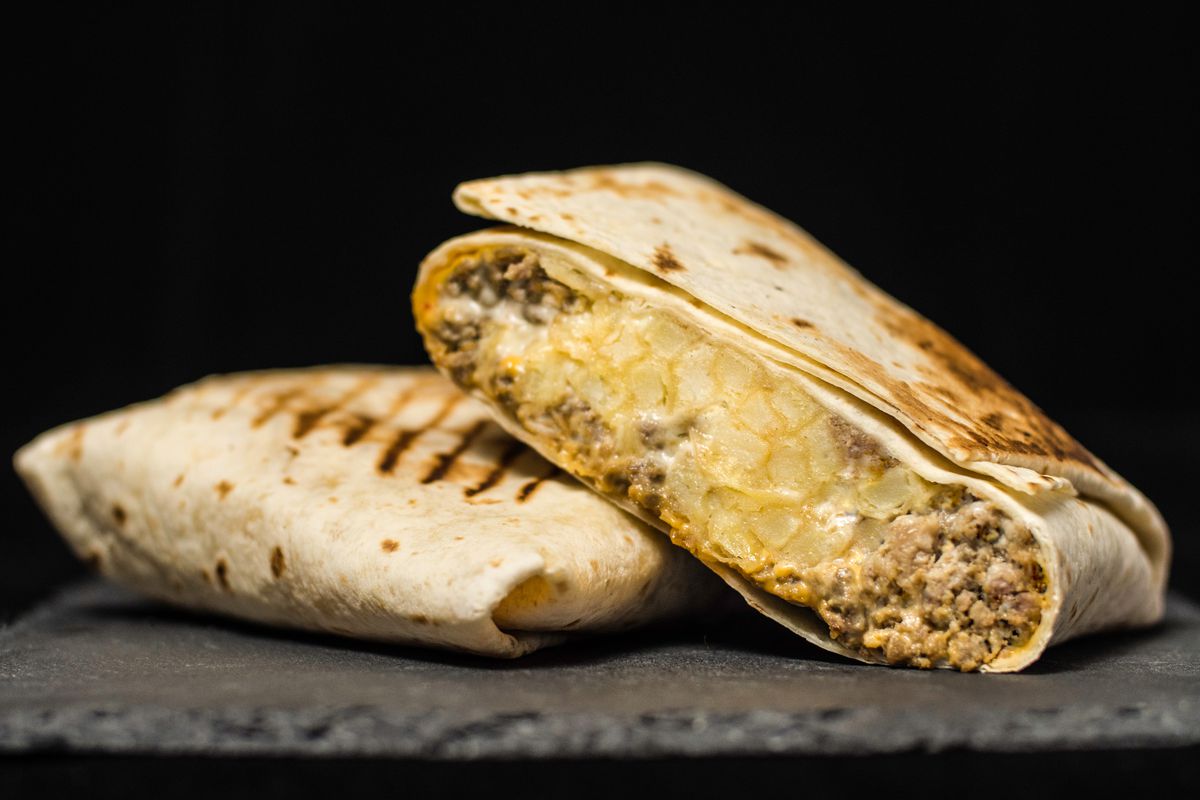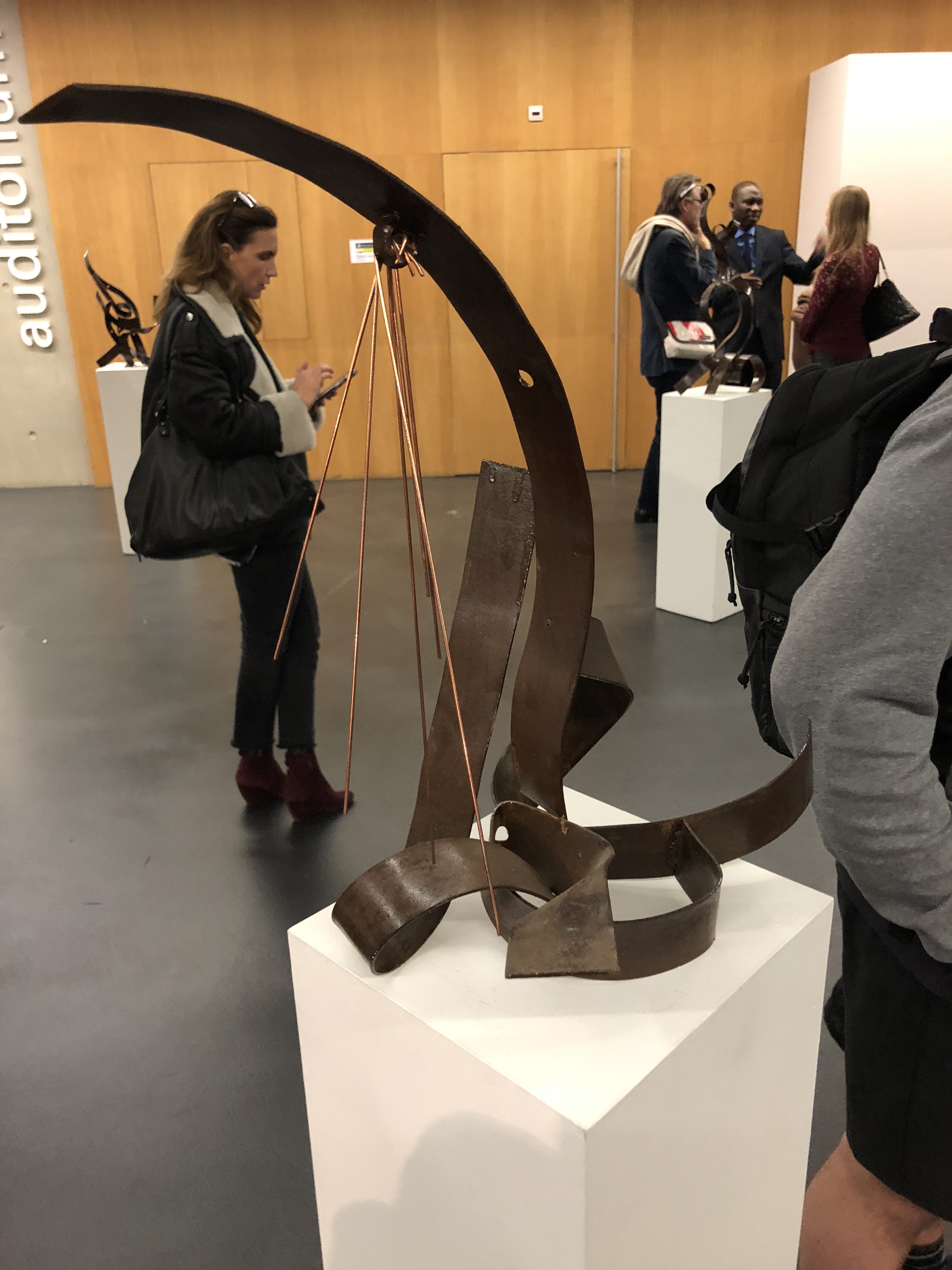By Pablo Briens Montero, Year 12
Rosalia’s third album is a modern masterpiece that merges a plethora of genres of music into her personal story. In contrast to her two prior works, “Los Angeles” and “El Mal Querer”, Rosalia’s Motomami album dives deep into her exploration of personal identity, shedding light on her perspectives on change, fame, and love.
The album opens with “Saoko”, a song inspired and sampled by Daddy Yankee and Wisin’s “Saoco”. This song, characterised by strong beats and dembow (a Dominican musical genre), introduces the core essence of “Motomami”. It embodies a unique energy that showcases the sweet maternal side of a woman while harmonising with her inner “moto,” the strong and confident aspect of her identity.
After Saoco’s dramatic and ecstatic ending, it transitions to “Candy”, a more subdued track with a slower tempo. This song reflects Rosalia’s emotions in the context of her past relationship, striking a balance between melancholy melodies that express sadness, and nostalgia with lyrics that underscore her personal growth and artistic expression. The line “Pero de olvidarte, yo ya hice un arte” (“But forgetting you, I’ve already made an art form”) embodies this journey and signifies growth and how she used her feelings to contribute towards her art.
Following, “La Fama” featuring The Weeknd is a bachata influenced song that shows Rosalia and The Weeknd performing whilst they delve into the seductive and perilous nature of fame. It continues with a shift in genres, Rosalia goes back to her previous flamenco inspirations by singing “Bulerias”. Then again, she experiments by continuing Bulerias with “Chicken Teriyaki”, a song about having fun during your youth. This transition from traditional to modern reflects Rosalia’s versatility and adaptation to the 21st century.
The following song “Hentai”, is a Disney-like melody with explicit lyrics. Considered one of the most beautiful of the entire album, as Rosalia employs her full vocal range to express her sexual pleasure. “Bizcochito” is also inspired by “Saoco” but departs from sampling and instead offers a song that champions female independence, countering the misogynistic lyrics of the original song. She firmly declares, “Yo no soy y ni voy a ser tu bizcochito” (“I am not and will never be your cake”).
“G3N15,” akin to “Hentai,” is a ballad that addresses the fear of missing out on her nephew’s life when physically absent. The song concludes with a heartwarming personal message from her grandmother, underscoring the importance of family.
To transition from the first half to the second half of the album, a brief interlude called “Motomami” is played. Subsequently, “Diablo”, the first song of the second half, grapples with the loss of identity due to fame, with an appearance from James Blake emphasising the acceptance of this duality.
She then covers “Delirio de Grandeza” by the Cuban singer Justo Betancourt. This is followed by the most experimental song of the album “CUUUUuuuuuute”. This song, like “Saoko,” draws inspiration from butterflies and the concept of change. This track, characterised by its frenetic beats and rapid lyrics, symbolises the incomprehensibly fast pace of life.
However, the next song “Como un G” slows down the mood and introduces a poignant ballad about love. Rosalia contemplates relationships, emphasising that love should be given freely without expecting anything in return. Her solo delivery throughout the album creates an intimate connection with the listener, enhancing the emotional impact.
This song is followed by a spoken text “Abcdefg”, she goes through the alphabet and assigns every letter to a word. She employs contemporary and known terms which allows this interesting flow to arise despite only her spoken voice being heard.
This leads to a collaboration with Tokisha on “La Combi Versace”, in this song Rosalia expresses her love for fashion and shopping. The meaning is rather superficial but aligned with the theme of fame and the introduction of fashion in her daily life.
Finally, the ‘finale’ song of the album, “Sakura” presents us with an almost “acapella” ballad that delivers a powerful conclusion to her album. Rosalia employs the metaphor of a cherry blossom to symbolise her journey as a star, acknowledging criticism and resilience. The incorporation of simulated live performance sounds, including the background noise of crowds, creates a sense of distance that immerses the listener in her storytelling.
Overall, this album is a triumph offering diverse themes and musical styles. Her acute sensitivity to beats and melodies make each and every song enjoyable, whether it is a danceable track or a heartfelt ballad. Through the Motomami world tour Rosalia has successfully performed these songs and conveyed strong messages solidifying her status as Spain’s most triumphant artist. Any ardent music enthusiast should explore her album “Motomami” along with her earlier works, while keeping an eye on what her musical future holds.



